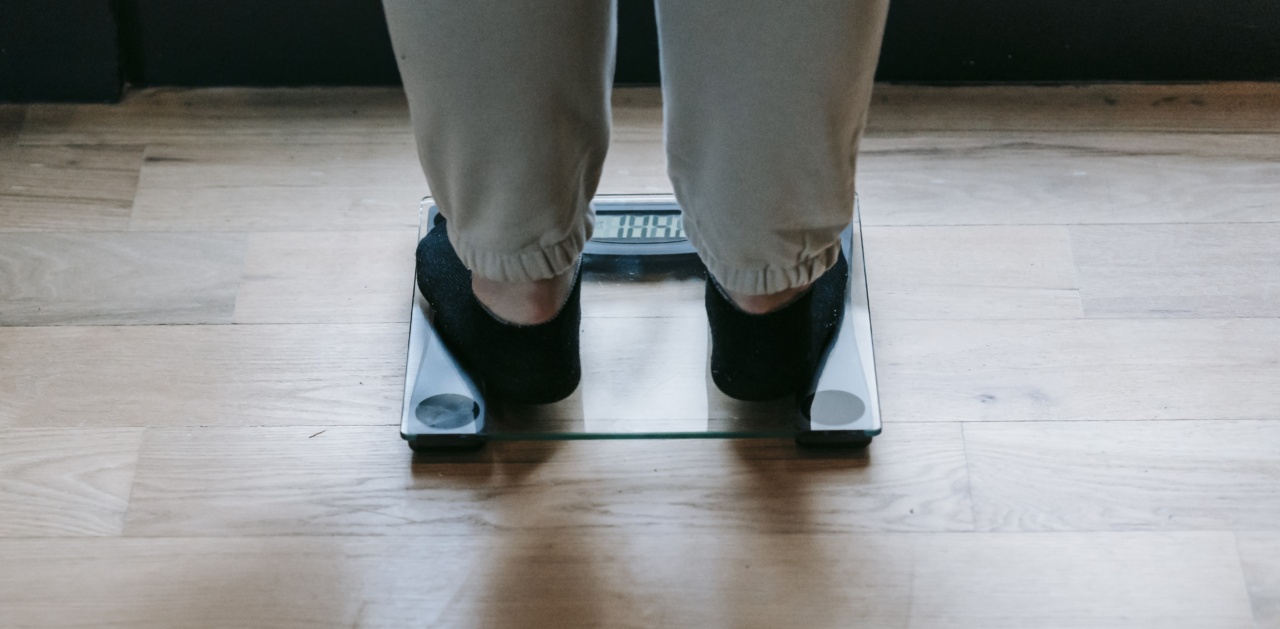Urinary incontinence is a common condition that affects women worldwide. It is estimated that around one in three women suffer from some form of urinary incontinence in their lifetime.
The condition is characterized by involuntary leakage of urine, which can be distressing for women and affect their daily lives.
What is Urinary Incontinence?
Urinary incontinence is the inability to control the flow of urine. It can range in severity from occasionally leaking urine when coughing or sneezing to having an uncontrollable urge to urinate that results in leakage.
There are two main types of urinary incontinence: stress incontinence and urge incontinence. Stress incontinence occurs when pressure is put on the bladder, such as during exercise, coughing or sneezing.
Urge incontinence is when you feel a sudden and intense urge to urinate and sometimes don’t make it to the bathroom in time.
The Link Between Excess Weight and Urinary Incontinence
There is growing evidence to suggest that excess weight is a risk factor for urinary incontinence in women.
In fact, research shows that women who are overweight or obese are up to four times more likely to develop urinary incontinence than women with a healthy BMI.
The exact mechanisms linking excess weight and urinary incontinence are not yet fully understood. However, it is thought that the increased pressure on the bladder and pelvic floor muscles caused by excess weight can lead to urinary incontinence.
Additionally, studies have shown that obesity can cause changes in the hormonal balance, which can affect bladder function.
The Impact of Weight Loss on Urinary Incontinence
Studies have shown that weight loss can improve urinary incontinence symptoms in overweight and obese women. In one study, women who lost just 5% of their body weight experienced a significant reduction in urinary incontinence symptoms.
Weight loss can improve bladder control by reducing pressure on the bladder and pelvic floor muscles, as well as improving the hormonal balance in the body.
Additionally, exercise as part of a weight-loss program can also strengthen the pelvic floor muscles, which can help improve bladder control.
Other Factors that Affect Urinary Incontinence
While excess weight is a significant risk factor for urinary incontinence, there are other factors that can contribute to the development of the condition. These include:.
- Pregnancy and childbirth – the strain of pregnancy and childbirth can weaken the pelvic floor muscles and damage the nerves that control bladder function.
- Aging – as women age, the muscles and tissues that support the bladder can weaken, making it more difficult to control urination.
- Menopause – hormonal changes during menopause can affect bladder function and increase the risk of urinary incontinence.
- Smoking – smoking can irritate the bladder and increase the risk of bladder cancer, which can cause urinary incontinence.
- Some medical conditions – such as diabetes, multiple sclerosis, and Parkinson’s disease can affect bladder function and increase the risk of urinary incontinence.
Preventing Urinary Incontinence
While some risk factors for urinary incontinence, such as age and medical conditions, cannot be controlled, there are steps that women can take to reduce their risk of developing the condition:.
- Maintain a healthy weight – as discussed, excess weight is a significant risk factor for urinary incontinence, so maintaining a healthy weight can help reduce your risk.
- Practice pelvic floor exercises – strengthening the pelvic floor muscles can help improve bladder control and reduce the risk of urinary incontinence.
- Avoid smoking – smoking can irritate the bladder and increase the risk of bladder cancer, which can cause urinary incontinence.
- Avoid bladder irritants – certain foods and drinks, such as caffeine, alcohol, and spicy foods, can irritate the bladder and increase the risk of urinary incontinence.
Conclusion
Urinary incontinence can have a significant impact on women’s lives, affecting their confidence, daily activities and social interactions.
While some risk factors for urinary incontinence cannot be controlled, such as age and medical conditions, there are steps that women can take to reduce their risk of developing the condition. Maintaining a healthy weight is an essential factor in preventing urinary incontinence as the pressure of your weight affects the pelvic floor muscles and your bladder function.





























